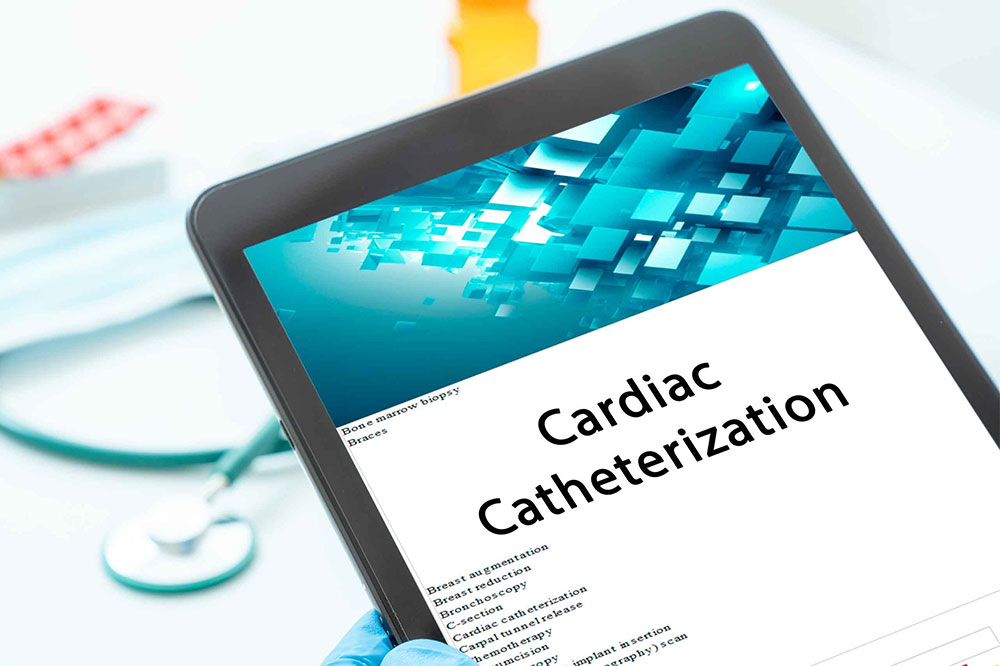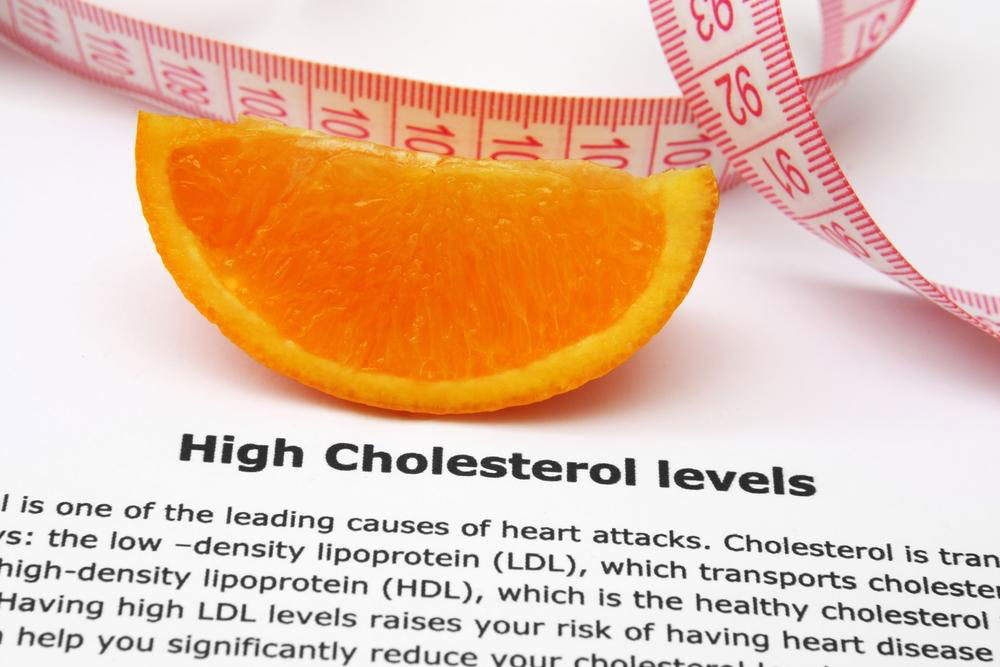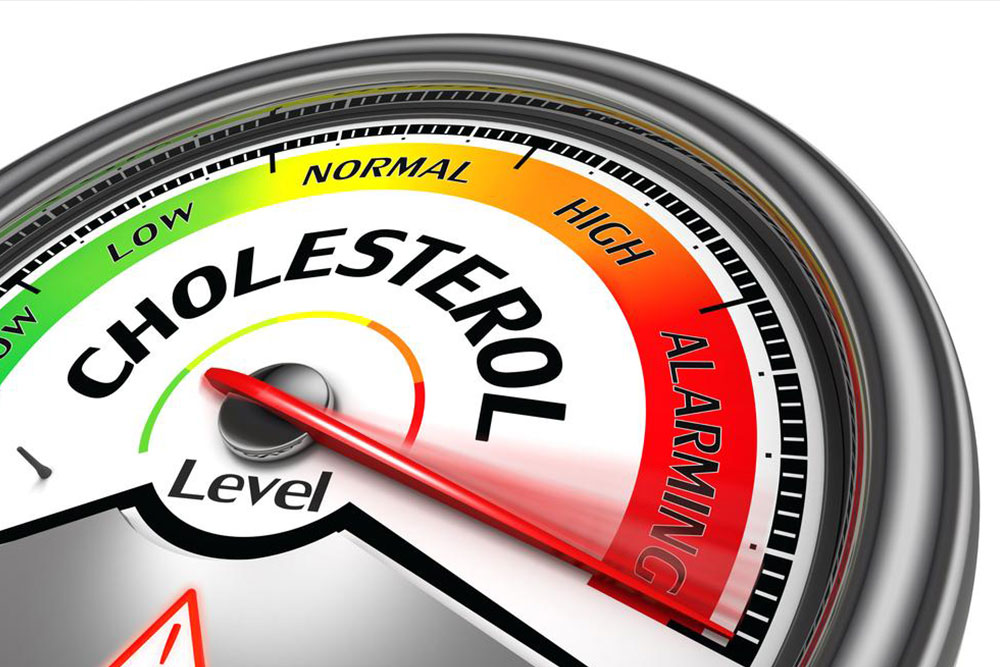Comprehensive Guide to Cardiac Catheterization: Procedures, Advantages, Costs, and Potential Risks
This comprehensive guide explores cardiac catheterization, covering its procedures, benefits, costs, risks, and recovery tips. It emphasizes the importance of understanding this vital diagnostic and treatment tool used in modern cardiology, helping patients prepare and make informed decisions about their heart health management.

Comprehensive Guide to Cardiac Catheterization: Procedures, Advantages, Costs, and Potential Risks
Cardiac catheterization, often referred to as coronary angiography, is a minimally invasive but vital diagnostic and therapeutic procedure used to assess and treat various heart conditions. This procedure plays a crucial role in modern cardiology, enabling physicians to visualize blockages, evaluate the functioning of heart valves, and perform certain treatments directly within the coronary arteries. Understanding the intricacies of cardiac catheterization—including how it’s performed, its benefits, possible costs, and associated risks—is essential for patients facing evaluation or treatment of heart disease.
What Is Cardiac Catheterization?
Cardiac catheterization is a diagnostic procedure that involves inserting a thin, flexible tube called a catheter into a blood vessel, usually in the groin, arm, neck, or wrist, and guiding it to the heart. This process allows cardiologists to perform detailed imaging and assessments of cardiac structures and blood flow. Beyond diagnosis, the procedure is also used to deliver therapeutic interventions aimed at restoring normal heart function and blood supply.
The Procedure in Detail
During a cardiac catheterization, a trained cardiologist begins by numbing the insertion site, followed by the insertion of a catheter into a major blood vessel. Using real-time X-ray imaging—fluoroscopy—the catheter is carefully threaded through the blood vessels to reach the heart. Once in position, contrast dye is injected through the catheter, which circulates through the heart chambers and arteries. This dye makes the blood vessels visible on X-ray images, allowing detailed visualization of blockages, leaks, or other abnormalities.
Purpose and Diagnostic Capabilities
The primary goal of cardiac catheterization is to diagnose the underlying causes of heart-related symptoms. It is instrumental in identifying coronary artery blockages, narrowing or scarring of heart valves, abnormal blood flow, or structural anomalies. The procedure also permits direct measurement of pressures within the heart chambers and the pulmonary arteries, aiding in diagnosing conditions like pulmonary hypertension or heart failure. Furthermore, it enables tissue biopsy in some cases, which can be vital for diagnosing myocarditis or cardiac tumors.
Expanding beyond diagnostics, cardiac catheterization is a versatile procedure that allows for various treatments, including:
Stent placement: To open clogged arteries and restore the normal blood flow
Balloon angioplasty: To widen narrowed or blocked coronary arteries
Valvuloplasty: To treat stenosis of heart valves by enlarging the valve opening
Ablation therapy: To eliminate abnormal electrical pathways causing arrhythmias
Cost Considerations
The overall expenses associated with cardiac catheterization depend on multiple factors such as geographic location, the complexity of the procedure, and healthcare facility. On average, a cardiac catheterization procedure, including stent placement, ranges between $7,000 and $11,300. Additional imaging and tests, like angiograms or echocardiograms, may increase total costs. Patients with insurance plans, including Medicare Part A when hospitalization is required, often experience reduced out-of-pocket expenses. It is crucial for patients to check with their healthcare providers and insurance companies beforehand to understand coverage details.
Understanding Potential Risks
Although cardiac catheterization is generally regarded as a safe procedure, certain risks should be acknowledged. These include rare but serious complications such as vessel perforation, which can cause internal bleeding, allergic reactions to contrast dye, blood clots leading to stroke or heart attack, infection at the insertion site, kidney damage from dye toxicity, and arrhythmias or irregular heartbeats during the procedure. Patients should have in-depth discussions with their cardiologists about these risks, especially if they have underlying health conditions or are on blood-thinning medications.
Post-Procedure Recovery and Aftercare
Once the procedure concludes, most patients are monitored closely for several hours to ensure stability. The recovery period typically involves staying still and keeping the insertion site immobilized to prevent bleeding or hematoma formation. Patients are advised to stay well-hydrated, follow specific instructions regarding activity restrictions, and avoid strenuous exercise for a few days. Proper wound care and observing for any signs of infection or unusual symptoms are essential. Regular follow-up appointments with the cardiologist are necessary to evaluate recovery progress and plan further treatment if needed.
In summary, cardiac catheterization is a fundamental tool in diagnosing and managing heart diseases. Its ability to provide detailed insights and immediate treatment options significantly improves patient outcomes. While it involves certain risks, advances in medical technology and skilled healthcare providers have made this procedure safer than ever before. Patients should always consult their healthcare team to understand the purpose, benefits, and potential risks involved, ensuring they are well-prepared for a successful experience and optimal recovery.





